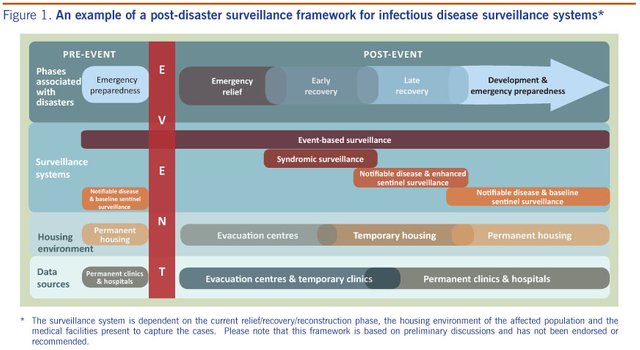Urbanista Lesson #10: Healing a City, a Country, the Philippines... Thru Mapping...
So how can a Country, like the Philippines heal during the time of disasters? In other words, how can the Philippines increase its Resilience?...
original photo by author: @schoolofthoughts
Well, as we all know, all major trained rescue team, amount of relief goods and other immediate aid services in response to natural disasters is concentrated on the Manila itself. So which means whenever there might be a typhoon passing Mindanao or let's say Visayas, which is nearest to Luzon, need to wait for days just in order collect or acquire the immediate response, rescue and relief goods coming from the “central storage” which is in Manila. Which also means that there is already the “DELAY” done since the Philippines from its land area is huge compared to other countries let’s say Brunei, Qatar or Singapore specifically. Which directly relates to possible “LIVES”, “MONEY” and “EFFORTS” that could be saved if only the “HELP” can be immediately accessible to ALL nearest neighboring area which we directly know as- the COMMUNITY itself.
As the communities can rise and respond to these challenges, and help minimize to these natural disasters consequences, both the “PRE-Disaster” and “POST-Disaster” plans should be considered.
The “PRE-Disaster Plan” is a specialized map where it shows the possible area of hazards or risks found in one community prior to the occurrence of a disaster. In order to identify the potential risks, one should identify these hazards and reduce the possible risk. How to reduce the possible risks? If only this plan is executed and accessible to each and every community, and most importantly the community is well informed, how many lives could be saved? We cannot absolutely build a 100% disaster proof building or a house but we can reduce possible risk to flood by leveling up future construction or expansion your house’s
main level by few numbers of steps in order to provide some possible buffer to flooding.
Recovering is much easier if we are 80% prepared from the PRE-Disaster Plan. We are taught at our early age that, “Prevention is better than cure!” but, do we *ONLY *act after each and every natural disaster?... Are we just going to wait for some dreadful, tragic and massive earthquake, typhoon or volcanic eruption to happen before we act?..
Moreover, the “POST-Disaster Plan” or what we call Redevelopment Plan is a map in Urban Planning that shows the specific area critical to rebuilding on SHORT or LONG-Term approach. Short-term recovery entails assistance for “immediate” and “temporary” response while the repairs are being made after a disaster. Sometimes we cannot prevent or foresee rebuilding to be in Long-term process, so that is where extensive replanning takes place. It is quite extensive as it only doesn’t involve multiple sources financially for physical recovery but, there is a major effect economically as the downfall might be massive also in terms of its environmental harm. But, in terms of Social recovery, Philippines is always coping admirably despite numerous challenges they are experiencing as their “Bayanihan” attitude is instilled in their blood.
Mapping in Urban Planning is indeed a great help in mapping these Natural Disasters. The common situation that these Pre-disaster and Post-disaster specialized plans “DO” exist but the big question is, are they accessible to the COMMUNITY? Is the COMMUNITY been informed what would be the possible steps, actions, and immediate response whenever the next typhoon, landslide, earthquake, arrives again?...
If only we could save and distribute all of these efforts for the better good of the COMMUNITY. If only the greater development is accessible to ALL. Specifically, if only the access to basic services and information is known to one’s neighboring community and especially to the unknown, outskirt communities around the Philippine island or other unknown, underdeveloped communities around the world.
Now, this is Elsa, signing off in your School of Thoughts and posting you these questions…
How can we distribute these pieces of information to all cities? How to be a Disaster Resilient country? How to make the information be known to each and every healing community- the Philippines?...
“It has never been, and never will be easy work! But the road that is built in hope is more pleasant to the traveler than the road built in despair, even though they both lead to the same destination.” -Marion Zimmer Bradley, B. 1930

Keep it up!
You got a 7.14% upvote from @emperorofnaps courtesy of @lubruton!
Want to promote your posts too? Send 0.05+ SBD or STEEM to @emperorofnaps to receive a share of a full upvote every 2.4 hours...Then go relax and take a nap!
Thank you for your contribution to the "photocircle" tag
Cheers,
@photocircle Team
Check out this post for information on all the Photocircle tags
Learn about this photo curation project by clicking >here
To stop receiving comments then reply
!STOP!To listen to the audio version of this article click on the play image.

Brought to you by @tts. If you find it useful please consider upvoting this reply.